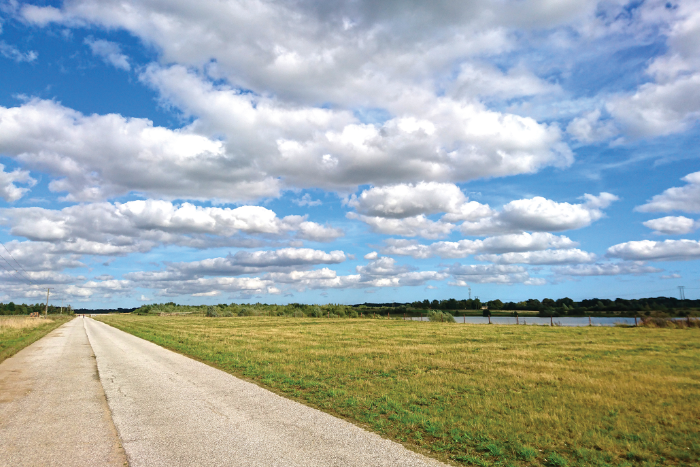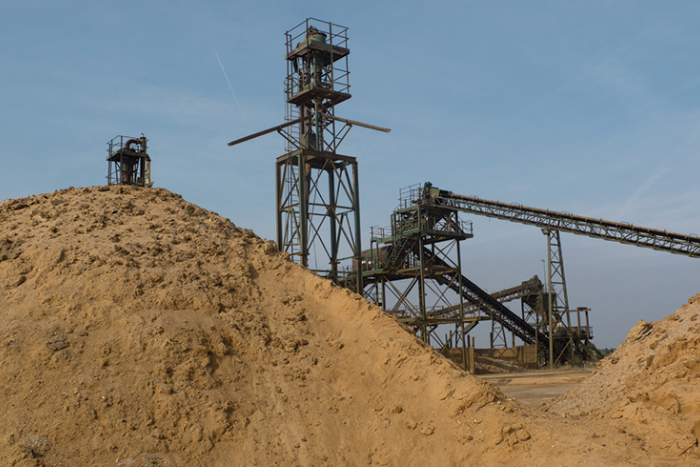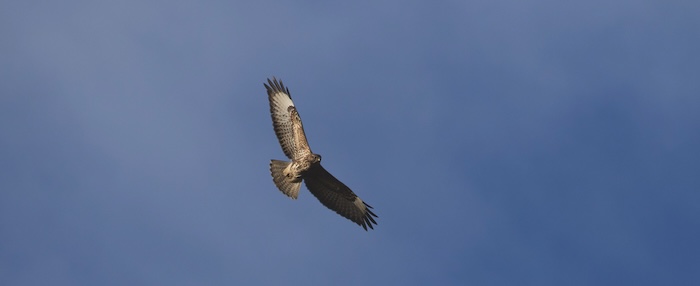
Wildlife haven with WW2 links
By Rachel Shaw
Lincolnshire Wildlife Trust
The warm weather of early spring lifted the spirits as blossom bloomed and bumblebees buzzed out of hibernation.
Along the Lincoln edge, buzzards rose high on the thermals stretching out their long wings. For me, watching the buzzards from my garden is one of the joys of living in Lincoln. Sometimes, I spot a sparrowhawk high up. They are smaller than the buzzards, with a longer tail. On a handful of occasions I've seen ravens. These birds are huge, with a wingspan similar to buzzards. In flight, their tail is shaped like a diamond and the feathers on their wing-tips spread out like fingers.
When watching these bird flying high, the details may be obscured but their silhouettes are distinctive. They remind me of posters of aircraft from the Second World War with silhouettes of each plane so you could identify friendly and enemy warplanes.
Today, the sight of the Lancaster bomber or spitfires flying over Lincoln creates a buzz of excitement. I wonder what emotions it would have stirred over 80 years ago when Lincoln’s skies were filled with planes. Perhaps excitement too and pride in the RAF but also fear. So many of those young men never returned.
Some of the Lancasters that flew over Lincoln would have been based at RAF Woodhall, a site that is now a Lincolnshire Wildlife Trust nature reserve. When I first visited in 2013, the more recent use of the airfield as a sand and gravel quarry was more apparent than the wartime use. Great mounds of sand covered parts of the runway. Alongside the metalwork structures that remained, it gave me the sense of a dystopian movie set rather than a nature reserve or historically significant site.
But the vision was there to transform it into not just as a nature reserve but a place to remember and reflect. Now a place that reverberated to the roar of the Lancaster Bombers' engines is quietly returning to nature. Egrets enjoy the open water, common lizards bask on the disused runway, livestock used for conservation grazing move across the grassland, and skylark and cuckoo bring their own distinctive sounds. The mounds of sand and gravel are long gone and it’s possible, once again, to walk along the runway.
As Phil, one of the volunteers who helps on the reserve, said, “I could not believe how lovely and meaningful the reserve was when I first walked down the old runway. It is a quiet and open space for nature and wildlife.”
There is a memorial in the centre of the runway but some of our older or less able visitors, and veterans in particular, find the walk the too far. We want the reserve to be a place of peace and reflection for everyone and are currently fundraising for a memorial garden near the reserve entrance.
The memorial garden will provide a view down the main runway to the existing war memorial, and further to the distant tree lines of Ostlers Plantation and Kirkby Moor nature reserve - a view unchanged since the first Lancasters used these long and wide runways.
Sitting on the new benches in the garden, visitors will be able to scan the huge skies overhead for buzzards and other birds and reflect on the times when the skies were scanned for returning aircraft.
To find out more about the Woodhall Spa Airfield nature reserve see www.lincstrust.org.uk/woodhall-spa-airfield


